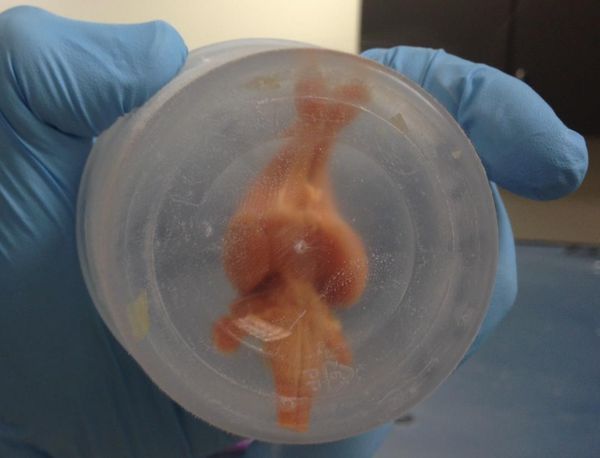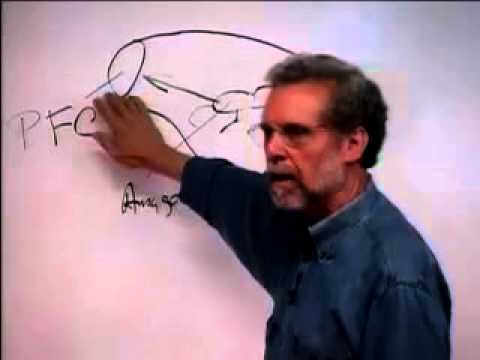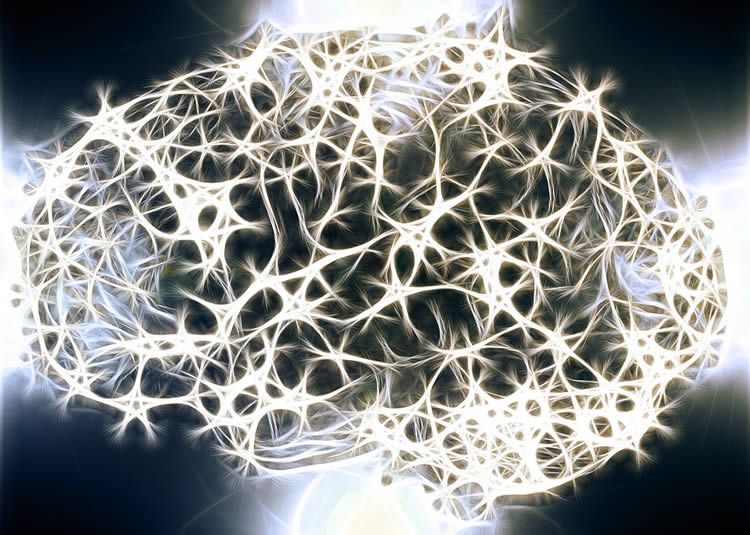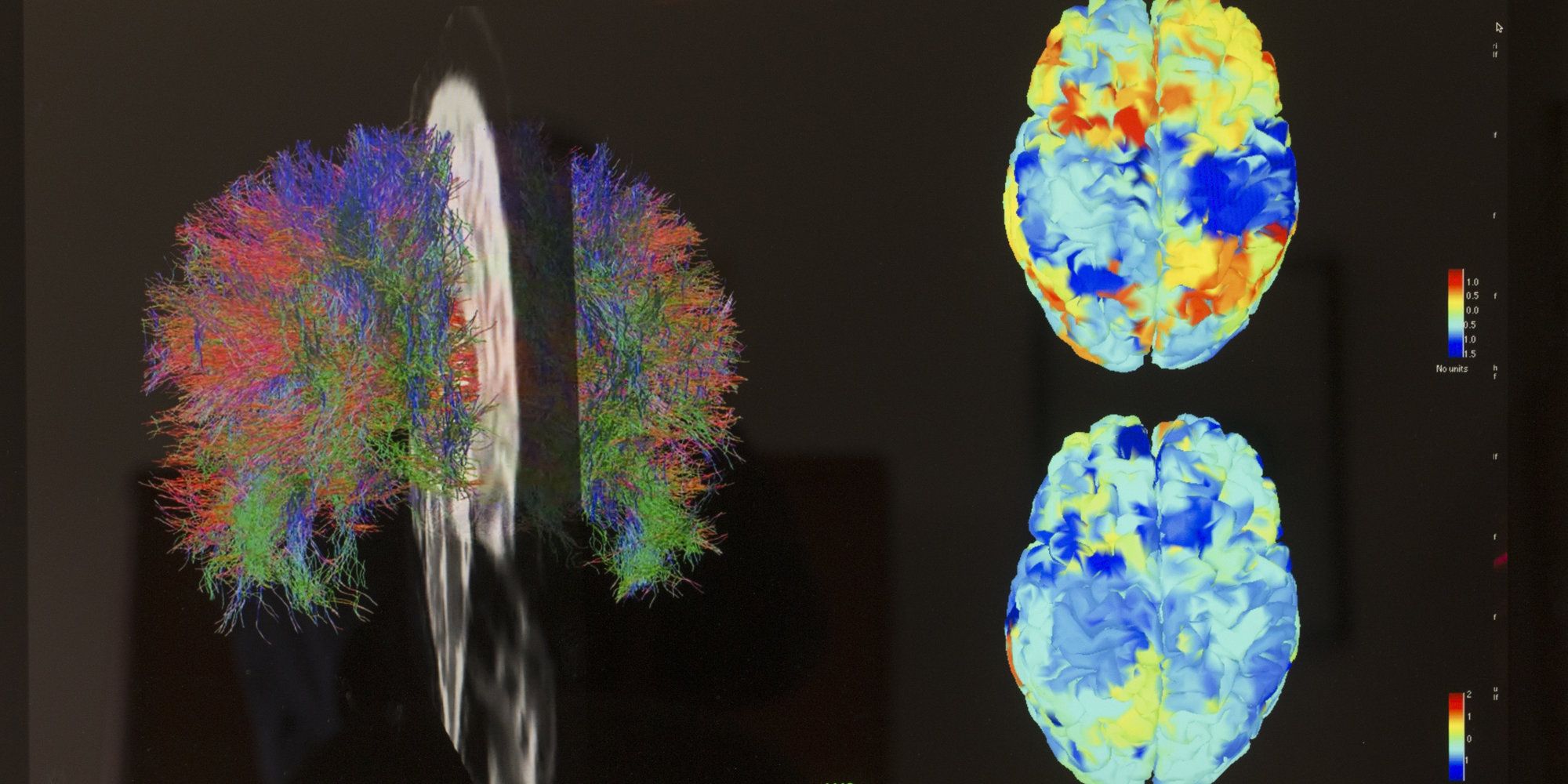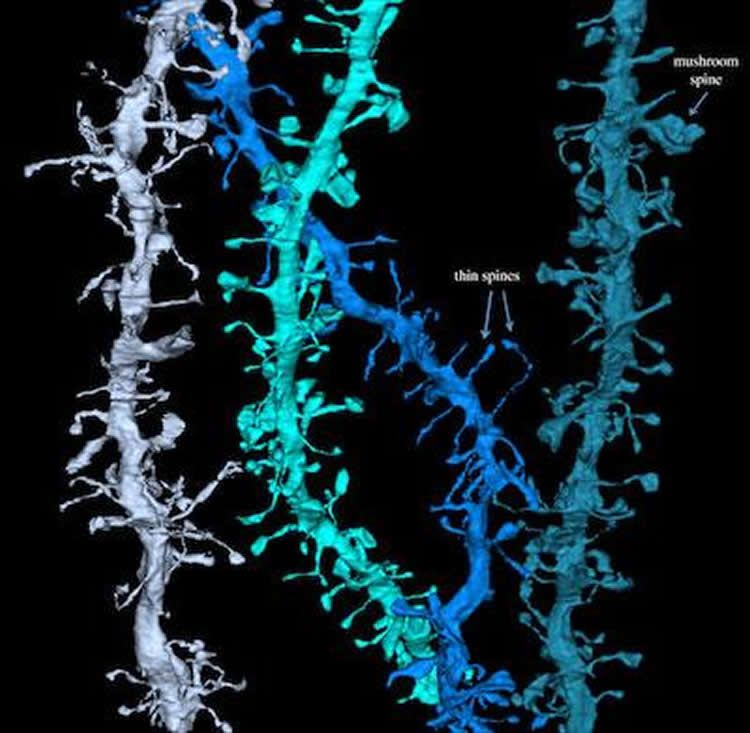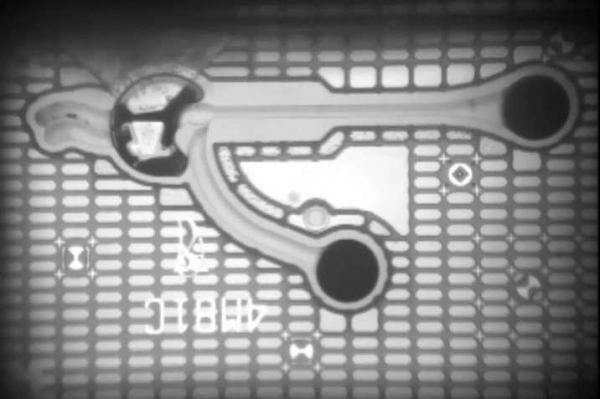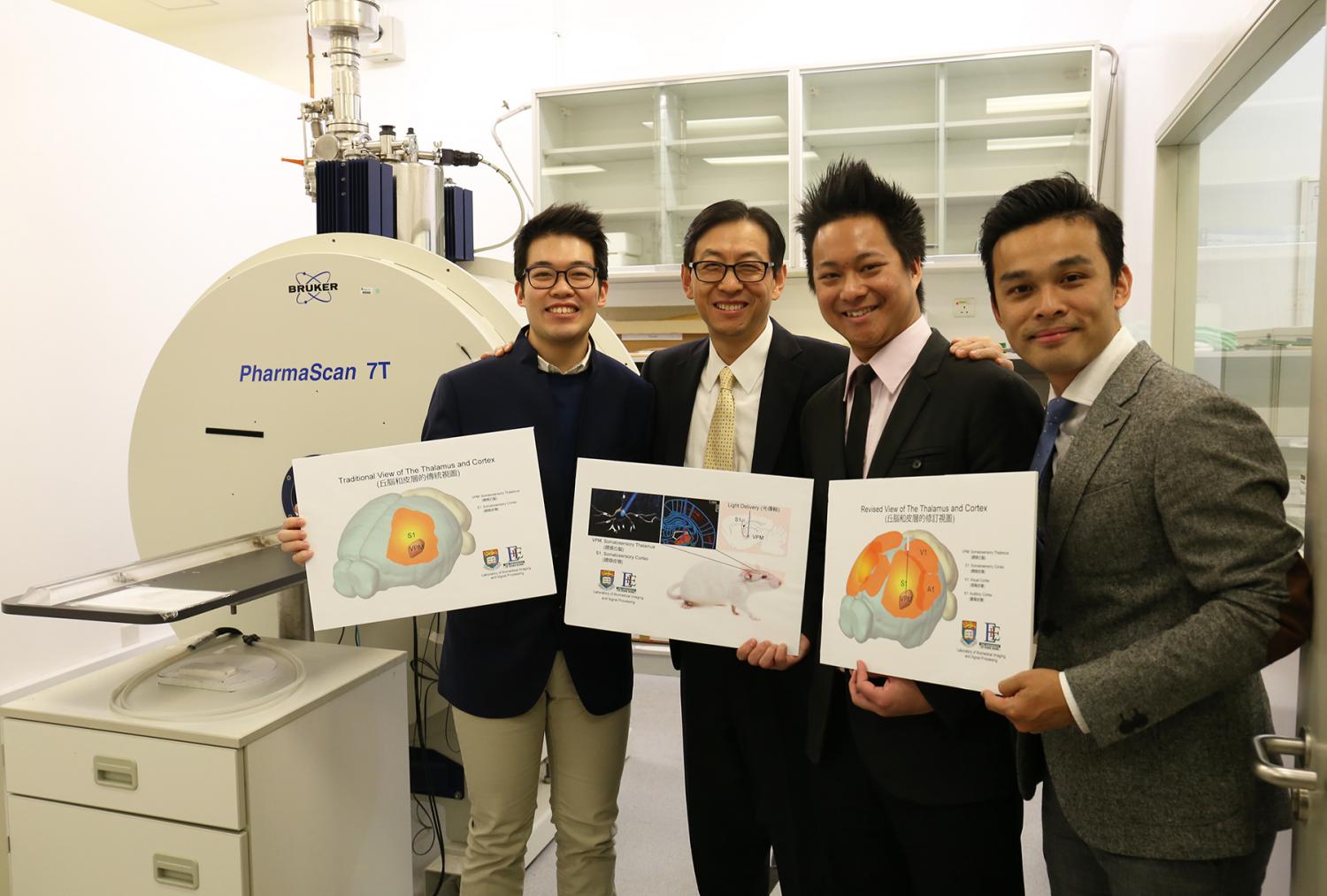Archive for the ‘neuroscience’ category: Page 892
Feb 4, 2017
SIY course video Daniel Goleman — Neuroscience of emotion and decision making
Posted by Shailesh Prasad in category: neuroscience
Feb 3, 2017
Brain Plasticity: How Adult Born Neurons Get Wired
Posted by Karen Hurst in category: neuroscience
Nice.
Summary: Researchers report adult neurogenesis not only helps increase the number of cells in a neural network, it also promotes plasticity in the existing network. Additionally, they have identified the role the Bax gene plays in synaptic pruning.
Source: university of alabama at birmingham.
Continue reading “Brain Plasticity: How Adult Born Neurons Get Wired” »
Feb 3, 2017
An Antibiotic May Stop Growth of Deadly Brain Cancer Trending
Posted by Karen Hurst in categories: biotech/medical, neuroscience
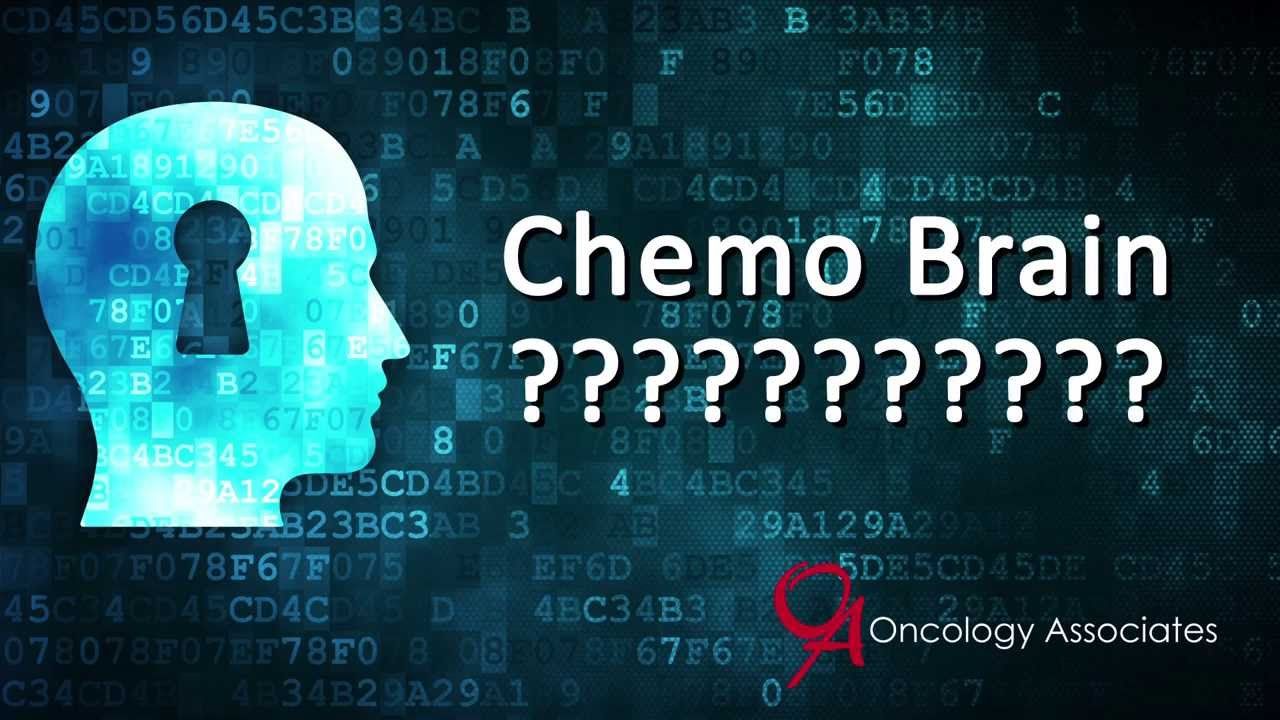
Scientists on the quest to offer more hope for glioblastoma patients may have found a way to stop the growth of the deadly brain tumor. The discovery targets the genes that sustain the tumor growth past the early stages with the drug mithramycin, which may be more effective than the current chemotherapy treatments.
Glioblastoma is the most common and deadly form of primary brain cancer. In glioblastoma, malignant glial cells form vast networks of tendrils throughout the brain, making it nearly impossible to surgically remove all the cancerous tissues. Dubbed as the “octopus tumor,” the tumor can evade even the most aggressive surgeries, chemotherapies, and radiotherapies, leaving patients with a five-year survival rate of less than 10 percent. Patients are in desperate need of better alternatives or supplementary treatments to beat this notoriously deadly cancer.
Continue reading “An Antibiotic May Stop Growth of Deadly Brain Cancer Trending” »
Feb 3, 2017
Minority Report-Style Mind Reading Could Soon Be Reality
Posted by Karen Hurst in categories: neuroscience, quantum physics
In 24 hours, it seems like all the biotech and futurism news is about telepathy. Guess we all read each other’s mind and posted our research and POVs. too funny.
Using quantum materials and technology will mean less invasive implants and no need for head gear in general. Suggest researchers do some due diligence with some of the various research labs and companies experimenting with things like graphene, liquid quantum materials, etc.
“Even though fMRI cannot read minds yet, we need to start deciding how and why we might want to use it, where screening might help, and where it might violate privacy,” Ms Gottwald, a PHD student at St John’s College at the University of Cambridge said. “Because the technology is advancing so rapidly, these kinds of questions are becoming more and more pressing.
Continue reading “Minority Report-Style Mind Reading Could Soon Be Reality” »
Brain resets during sleep; guess why I need my 5 shot espressos in the morning.
Summary: Researchers examine if the size of synapses alters during sleep and wake states.
Source: University of Wisconsin Madison.
Feb 2, 2017
Scientists build world’s tiniest hammer to bang on brain cells
Posted by Karen Hurst in categories: biotech/medical, nanotechnology, neuroscience
Way cool.
Feb. 2 (UPI) — Scientists at the University of California, Santa Barbara want to study the effects of various mechanical forces on individual brain cells. Until now, however, researchers didn’t have the right tools.
To study brain impacts at the nanoscale, researchers built the world’s tiniest hammer — the μHammer, or “microHammer.” The μHammer is a cellular-scale machine capable of applying a variety of mechanical forces to neural progenitor cells, brain-centric stem cells. Eventually, scientists hope to use the hammer to apply forces to neurons and neural tissue.
Continue reading “Scientists build world’s tiniest hammer to bang on brain cells” »
Feb 2, 2017
Scientists utilise innovative neuroimaging approach to unravel complex brain networks
Posted by Karen Hurst in categories: biotech/medical, engineering, genetics, neuroscience
A research team led by Professor Ed X. Wu of the Department of Electrical and Electronic Engineering at the University of Hong Kong has used an innovative neuroimaging tool to interrogate the complex brain networks and functions.
The team has successfully manipulated two pioneering technologies: optogenetics and functional magnetic resonance imaging (fMRI), for investigation of the dynamics underlying brain activity propagation. Their breakthrough to simultaneously capture large-scale brain-wide neural activity propagation and interaction dynamics, while examining their functional roles has taken scientists a step further in unravelling the mysteries of the brain. It could lead to the development of new neurotechnologies for early diagnosis and intervention of brain diseases including autism, Alzheimer’s disease or dementia.
The findings have recently been published in the prestigious international academic journal Proceedings of the National Academy of Sciences (PNAS).
Feb 2, 2017
Reductio ad absurdum
Posted by Nicola Bagalà in categories: biotech/medical, life extension, neuroscience
Oh, the logic of objections against rejuvenation! bigsmile
If you’ve ever tried to advocate for rejuvenation, you know it is hard. Usually, people deem the idea as crazy/impossible/dangerous well before you get to finish your first sentence. Living too long would be boring, it would cause overpopulation, ‘immortal’ dictators, and what you have. However, you’ve probably never heard anyone use the same arguments to say that we should not cure individual age-related diseases. This is largely because people have little to no idea about what ageing really is, and how it cannot be untangled from the so-called age-related pathologies. These are nothing more, nothing less, than the result of the life-long accumulation of several types of damage caused by the body’s normal operations. Unlike infectious diseases, the diseases of old age are not the result of a pathogen attack, but essentially of your own body falling apart. As I was saying, people are largely unaware of this fact, and therefore expect that the diseases of ageing could be cured one by one without having to interfere with the ageing process itself, as if the two weren’t related at all. The result of this false expectation would be that you could cure Alzheimer’s, Parkinson’s, etc., but somehow old people would still drop dead around the age of 80 just because they’re old. That’s like saying they died of being healthy.
Back to reality, this can’t be done. To cure the diseases of old age, you need to cure ageing itself. If, for whatever reason, you think that curing ageing as a whole would be a bad idea and it should not be done, the only option is to not cure at least some of the root causes of ageing. Consequently, some age-related pathologies would remain as untreatable as they are today.
Now, the typical objections raised against rejuvenation tend to sound reasonable at first. To some, the statement ‘We should not cure ageing because it would lead to overpopulation’ sounds self-evident. However, if we consider the implications of this statement, things start getting crazy. As said, not curing ageing implies not curing some of its root causes, which in turn implies not curing some age-related diseases. Therefore, the sentence ‘We should not cure ageing’ implies ‘We should not cure [insert age-related disease here] ‘. What happens when we reformulate typical objections to rejuvenation in this fashion?
Feb 1, 2017
Revolutionary approach for treating glioblastoma works with human cells
Posted by Karen Hurst in categories: biotech/medical, neuroscience
Finally, maybe hope for GBM patients.
In a rapid-fire series of breakthroughs in just under a year, researchers at the University of North Carolina at Chapel Hill have made another stunning advance in the development of an effective treatment for glioblastoma, a common and aggressive brain cancer. The work, published in the Feb. 1 issue of Science Translational Medicine, describes how human stem cells, made from human skin cells, can hunt down and kill human brain cancer, a critical and monumental step toward clinical trials — and real treatment.
Last year, the UNC-Chapel Hill team, led by Shawn Hingtgen, an assistant professor in the Eshelman School of Pharmacy and member of the Lineberger Comprehensive Care Center, used the technology to convert mouse skin cells to stem cells that could home in on and kill human brain cancer, increasing time of survival 160 to 220 percent, depending on the tumor type. Now, they not only show that the technique works with human cells but also works quickly enough to help patients, whose median survival is less than 18 months and chance of surviving beyond two years is 30 percent.
Continue reading “Revolutionary approach for treating glioblastoma works with human cells” »
